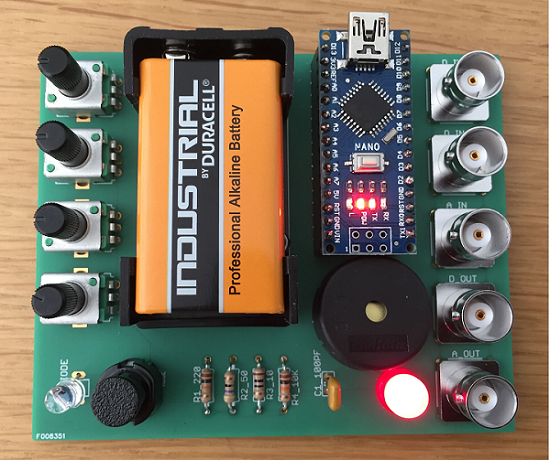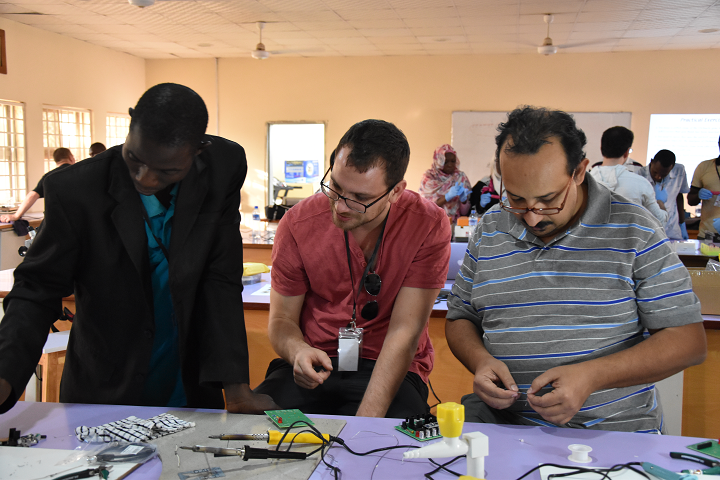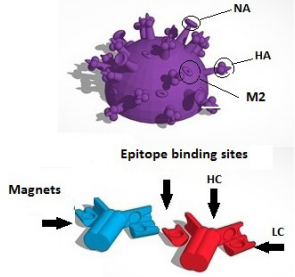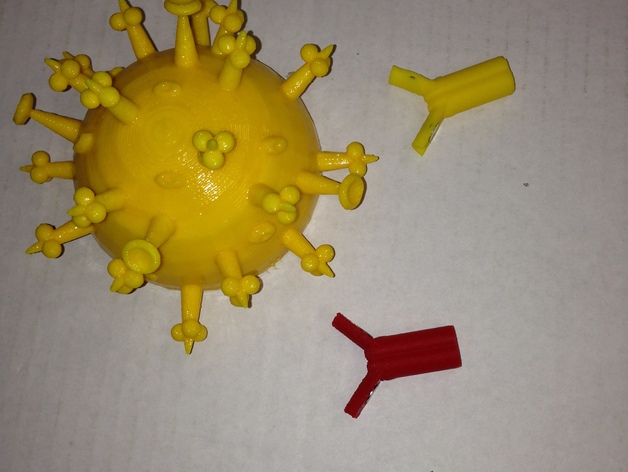For visually impaired people educational resources don’t come by easy. Learning to read braille is essential but costly and not always effective (it may take up to three times as long as other students to read a text), while assistive technology, such as closed-circuit TV, screen-magnification or screen-reading software, could help them to read or access the internet; is not available everywhere. With 285 million people suffering from blindness and reduced vision problems, there is a great need to provide materials in accessible formats that help adapt the information to a format that is suitable for them. 3D printing is providing a very helpful tool for the disabled, for example, a volunteer at the National Museums Scotland, in Edinburgh, used a 3D printer to turn CT scans of fossils into physical objects enabling the visually impaired to have more tactile experiences. Other known causes like a collaboration between Indian designer Tania Jain and German educational toy company Ravensburger, came up with a new 3D printed puzzle designed to help the user learn how to read Braille.
Now, the South African National Council for the Blind (SANCB) is running a new campaign called: 3D Printing for the Blind and can be found in social media under the hashtag #3DPrinting4TheBlind. The goal of this initiative is basically to assist the SANCB in their quest to educate visually impaired individuals who struggle with more traditional means of learning, by 3D printing a range of educational objects that students in SANCB supported schools can use.
The best part of the project is that anyone around the world can be a part of it. The basic requirement is a 3D printer and access to the nearest post office. It’s a big call out to the 3D printing community, to come together for a good cause. They are asking people to print between one and three items for this campaign. Then, all the 3D prints will be used in classrooms across South Africa to teach visually impaired students new shapes and objects that they are not familiar with. This will also illustrate the way 3D printing can be used in education and how everyone can make a small difference for a large community.
SANCB teamed up with the 3D Printing Shop, one of the biggest one-stop-shop for 3D printing hardware and consumables in South Africa, to provide 3D printing enthusiasts a list of 31 items that they can choose from. The printouts chosen for this project include animals, anatomical models, and vehicles, and should have an approximate size of 100 mm x 100 mm x 100 mm.
“This campaign was inspired by our daily task of trying to show how practical and beneficial 3D printing could be in everyday life, to help people visually impaired people in our community learn better, as well as reaffirm the importance of 3D printing in education,” suggested Bishop Boshielo, marketing manager of the 3D Printing Store. “We realized educational toys were quite expensive and that visually impaired children struggled to understand two-dimensional concepts so we decided to print them in 3D to give them a better understanding. Also with 3D printers being reasonably priced and easy to use, any parent or caretaker of a visually impaired child could organize and print whatever models they would like to give the children.”
The SANCB supports more than 20 schools for visually impaired children and teens across the country and also runs a college called Optima College, with courses in business, computer literacy, contact center training, and braille literacy. Students’ lives are also enriched with activities focusing on acquiring daily living skills which enable visually impaired students to become fully independent. According to the SANCB, there will be more campaigns like this in 2020, probably more often.
Bishop revealed to 3DPrint.com that “he hopes to witness the children interact with the 3D printed models soon, but can only imagine the relief and excitement that would come from actually being able to hold a shape or model that they had previously only perceived in two dimensions.”
According to the forms being filled online for this initiative, the 3D Printing Store is expecting 40 models to be delivered soon. Bishop explained that even though the South African 3D printing community is still quite small, it is beginning to grow exponentially as more and more people are realizing how important the technology is and the benefits it holds.
“Our partnership with the SANCB is just starting. Hopefully in the future they will be able to buy 3D printers for each of the schools they support, to print even more educational models for the children.”
The 3D printed items can either be dropped off or mailed by January 31, 2020, to the 3D Printing Store located at:
5 Bellingham St. Highveld, Centurion, 0157, South Africa
The post South Africa: a 3D Printing Campaign for Blind Children appeared first on 3DPrint.com | The Voice of 3D Printing / Additive Manufacturing.












